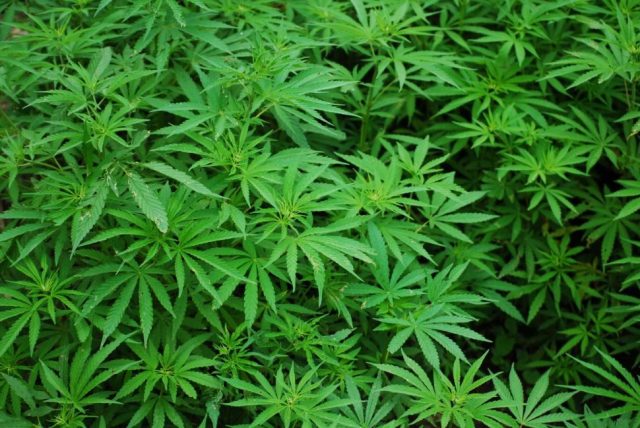Hemp—a member of the cannabis Sativa genus—is typically grown specifically for industrial use. The plant grows fast and is distinct from other members of cannabis Sativa, like marijuana. Hemp has both a male and female plant and produces the cannabinoids CBD and quite low levels of THC.
Hemp is surprisingly versatile and the entire plant can be utilized for various purposes. With a number of varieties and uses, it’s no surprise that it’s been a large part of our industrial lives for over 50,000 years. In this article, we take a look at expanded uses of the plant, how it’s processed, and other interesting details covering the plant and its distinct uses.
Expanded uses of hemp
Even in the modern-day, hemp has a diverse array of uses from clothing to tools to food. Everyone knows about hemp rope, but what about the other expanded uses of the plant? First off, there’s the Cannabidiol oil (CBD) that can be extracted from both the flowers and leaves of the plant. The CBD oil is then used as a supplement or natural remedy for various conditions. Other products like shoes, paper, milk, beer and soap can also be made from the plant.
The plant’s various fibers are used to make clothing, tools and industrial products. Lately, hemp fabric is becoming more popular due to its superb moisture-wicking abilities, its enhanced durability, and cost-effectiveness. Essentially, hemp fabrics not only last longer than cotton—they’re less expensive too. As demand for textiles grows, hemp is a sustainable option for creating superior clothing. Hemp is also used in some durable building materials like hemp-crete and hemp-seed oil-based biodiesel fuels may help serve as alternative fuel options while reducing emissions. Perhaps the most incredible expanded use of hemp comes in the form of enhanced, higher-quality supercapacitors (devices that store energy) that have passed the proof-of-conference stage and are now heading toward small scale manufacturing.
How it’s processed
Given its uses and all the products derived from it, one may wonder how this amazing plant is processed in the first place. It all begins with farming. Once the plant begins shedding pollen, the stalks are cut and the process of retting—a natural process where pectineus substances that hold the bast fibres together start degrading—begins. Once retting is completed, the fibers are separated into short (tow) fibers and long (line) fibers. The tow fiber can be used as yarn while the line fiber is used for larger applications.
For CBD extraction, the processes range from simply freezing the flower then shaking off the small glands on the hemp flower that contain CBD (which collects them as a concentrate) to an array of more precise solvent-based methods. Processing hemp for food is a totally different process requiring cleaning and mechanical separation of seeds followed by a cold pressing to extract the hemp oil from the seeds.
Hemp as a food product
As if its startling amount of industrial uses weren’t enough, parts of the hemp plant can be eaten as well. Recent studies demonstrate that hemp seed can be a good nutrition source. It has plenty of protein, healthy fats and it’s rich in antioxidants. Aside from obvious uses like protein powder and granola bars hemp seeds can be sprinkled over oatmeal, salads and even incorporated into baked goods.
How Hemp varieties are chosen for cultivation
There are quite a few hemp varieties available for cultivation including fiber, grain, and cannabinoids. Fiber is mostly for industrial use, grain is predominantly for nutrition purposes and cannabinoid is used for producing CBD.
Each farmer needs to know how they are going to grow and handle their crop while understanding traits suited to their location and marketplace. Location and regulation are also important considerations for selecting a hemp variety.
Additional information about hemp
Hemp is certainly a fascinating plant and you may want to learn more about it. There are a wide variety of excellent resources covering hemp online like the Encyclopedia Britannica, the National Hemp Association, and many others. The Food and Drug Administration (FDA) covers everything you need to know about regulation, definitions, and use in both animal feed and our own food. Other resources can teach you how hemp can benefit your heart and brain or help you get a better night’s sleep. As time marches on and we face numerous challenges related to our environment, hemp is certain to play a vital role in our planet’s sustainable future.

A professional writer with over a decade of incessant writing skills. Her topics of interest and expertise range from health, nutrition and psychology.


